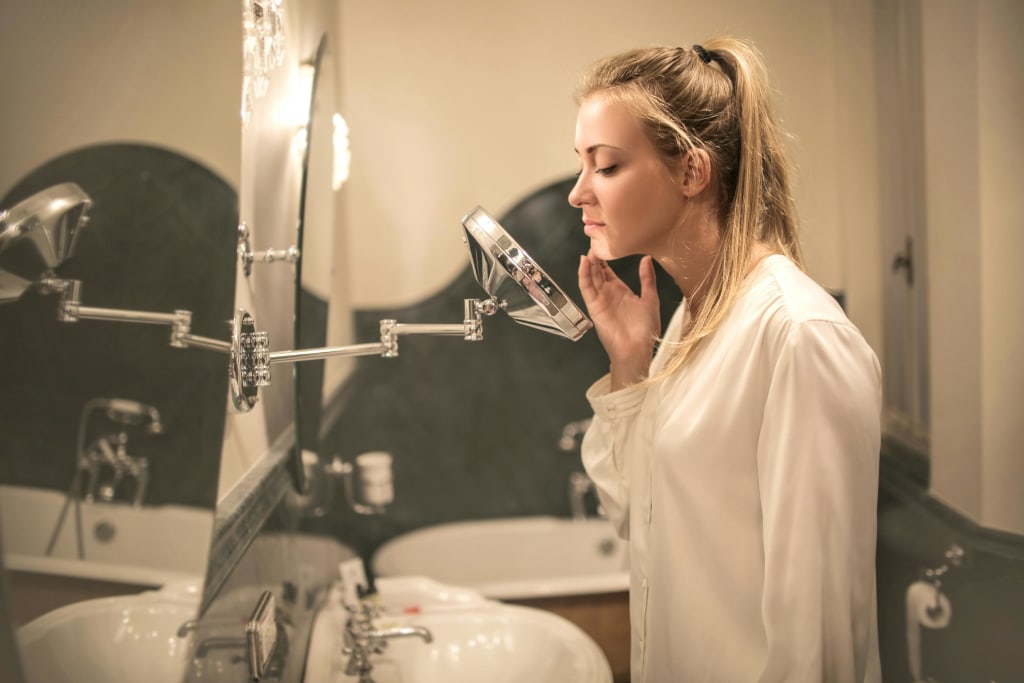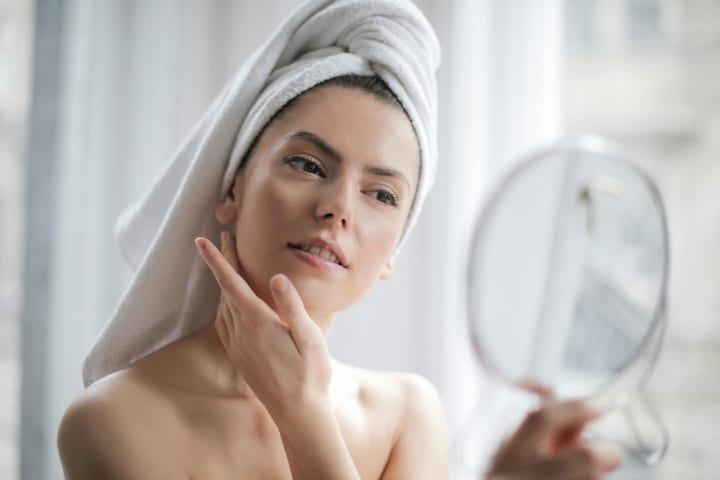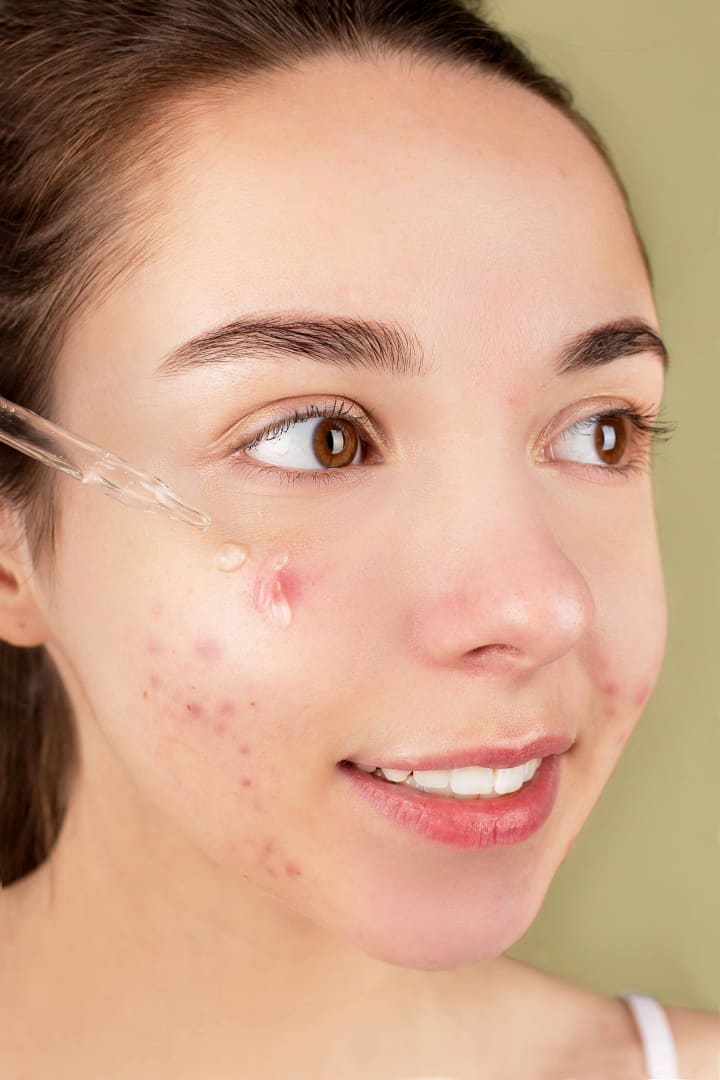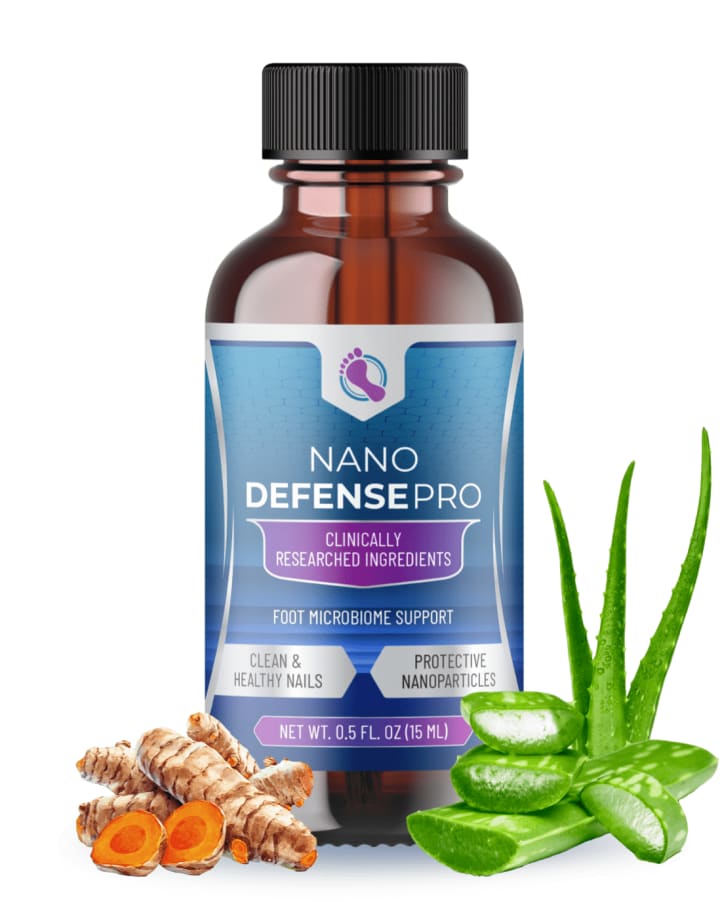A Comprehensive Guide to Skin Care
Regardless of your skin type, a daily skincare routine is essential for maintaining overall skin health and addressing specific concerns like acne, scarring, and dark spots. Do you know your actual skin type—dry, oily, or sensitive? Understanding your true skin type can guide you when selecting products in the cosmetics aisle. Using the wrong products or following popular internet hacks for the wrong skin type can exacerbate issues such as acne, dryness, and other skin problems. Keep reading to discover: How to build your own skincare routine How to treat specific skin concerns like acne and scars Which DIY skin hacks are harmful, even if they appear effective

Building a Daily Skincare Routine
A daily skincare routine involves four essential steps, which you should follow once in the morning and once before bedtime.
1. Cleansing
Selection: Choose a cleanser that doesn’t leave your skin feeling tight after washing.
Frequency: Cleanse your face no more than twice a day. If you have dry skin and don’t wear makeup, once a day is sufficient.
Tip: Avoid washing until your skin feels squeaky clean, as this can strip away natural oils.
2. Serums
Morning: Use a serum with vitamin C, growth factors, or peptides under your sunscreen.
Night: Opt for retinol or prescription retinoids for nighttime application.
Check out our articles on the best face serums for every skin type and the best serums for oily skin.
3. Moisturizer
Oily Skin: Even oily skin needs moisturizer. Choose lightweight, gel-based, non-comedogenic options that don’t block pores.
Dry Skin: Cream-based moisturizers are more suitable for dry skin.
Refer to our articles on the best moisturizers for dry skin, oily skin, sensitive skin, and moisturizers with sunscreen.
4. Sunscreen
Application: Apply a sunscreen with at least SPF 30, 15 minutes before going outdoors to allow it to activate.
Skin Tones: Darker skin tones require more sun protection because hyperpigmentation is harder to correct.
Choose products that match your skin type and sensitivity, and always read the labels. Remember, some products like retinol or prescription retinoids are intended for nighttime use only. For more information, see our articles on mineral-based sunscreens and sunscreens for darker skin.
DIY Hacks to Avoid (Even If Everyone Does Them)
While DIY hacks like lemon juice and toothpaste for acne bumps and dark spots are popular, they can do more harm than good. Even award-winning actress Emma Stone claims baking soda is her skincare secret. However, these remedies can damage your skin’s barrier and cause long-term harm. It’s best to avoid these DIY solutions and opt for products that are formulated for your skin type and concerns.
IF YOU NEED SKIN CARE MEDICINE,CLICK HERE

Avoid these DIY hacks
- Lemon juice: It may have citric acid, but it’s far too acidic and can cause dark spots to appear after sun exposure. It can also dry and irritate your skin.
- Baking soda: At a pH level of 8 to 9, baking soda will stress your skin, significantly decreaseTrusted Source your skin’s water content, and cause dry skin.
- Garlic: In raw form, garlic can causeTrusted Source skin allergies, eczema, skin inflammation, and watery blisters.
- Toothpaste: The ingredients in toothpaste may kill germs and absorb oil, but they can also dry out or irritate your skin.
- Sugar: As an exfoliant, sugar is too harsh for the skin on your face.
- Vitamin E: Topical application of vitamin E can irritate your skin and is not proven to improve scar appearance.
While some DIY ingredients are natural and cost-effective, they aren’t specifically formulated for your skin. Even if you don’t experience immediate side effects, these ingredients can cause delayed or long-term damage. It’s best to use products designed for facial skin. Consult your doctor or dermatologist before trying any DIY applications on your skin.

How to Treat Skin Problems
Addressing skin issues effectively requires a careful approach that avoids damaging your skin. Remember the number one rule of skincare: Don’t pick!
Picking at acne, blackheads, scabs, or other skin problems can cause open wounds or darker skin spots (hyperpigmentation). Open wounds can lead to infections, more acne, or scars. The deeper the wound, the more likely it will scar.
Here are some scientifically backed ways to treat problem areas:
Acne
IF YOU NEED SKIN CARE MEDICINE,CLICK HERE

Treatment depends on the severity of your acne. Proper skincare is essential, but for mild acne, you can use nonprescription products such as:
- Salicylic acid
- Benzoyl peroxide
- Alpha hydroxy acids
- Adapalene
- Tea tree oil
See our survey of the 25 best acne treatments. Always apply sunscreen after using these products in the morning, as they can increase skin sensitivity.
For immediate relief from inflamed pimples, try acne patches or stickers. These clear, thick patches work as spot treatments to promote healing and prevent infections, pulling out fluid overnight.

Order 6 Bottles or 3 Bottles and Get 2 FREE BOUNESES
Sebaceous Filaments
Sebaceous filaments are tiny, whitish-yellow tubes in your pores, often confused with blackheads (which are a type of acne). They can make your pores look larger. Avoid pinching your skin or using pore strips, as these methods can cause:
- Irritation
- Open pores and infection
- Dryness
- Redness
- Peeling
Topical retinol or retinoids can help keep pores clear. You can also use an extraction tool with a small metal circle at the end:
- Start with a clean face and instrument.
- Gently press the circle around the bump to see if the filament comes out. Be cautious to avoid bruising and scarring.
- Treat the area with moisturizer afterward.
- Sanitize the instrument with rubbing alcohol before and after use to prevent infections.
Applying benzoyl peroxide after washing can provide additional benefits.
Blemishes, Scars, and Hyperpigmentation
Blemishes, scars, and dark spots can take weeks to months to heal and fade. Immediate treatment includes using makeup and sunscreen to avoid further sun damage and hyperpigmentation. Ingredients known to help fade scars include:
- Silicone: Topical silicone can improve scar thickness, color, and texture. Apply silicone gel for 8-24 hours daily. Look for products with silicon dioxide.
- Honey: Medical-grade honey can heal wounds and scars. Avoid using regular grocery store honey.
- Vitamin C: Found in creams and moisturizers, vitamin C degrades quickly when exposed to water, oxygen, and light. Use products in brown glass bottles and combine with lightening ingredients like soy and licorice.
- Niacinamide: Effective in reducing blemishes and dark spots, especially in lighter skin tones. Use topical products with 2-5% niacinamide.
- Retinoic acid: A study found that acne scars improved in 91.4% of people using a combination of retinoic acid and glycolic acid.
Incorporate these ingredients into your routine after washing your face, and always wear sunscreen to prevent sun damage and hyperpigmentation.
How to Test Your Skin Type at Home
You can determine your skin type by measuring sebum production. Follow these steps:
- Wash your face and pat it dry. Wait 30 minutes.
- Gently press oil blotting paper or tissue on different areas of your skin (forehead, nose, cheeks, chin).
- Hold the sheet to the light to see how transparent it is.
The amount of sebum on the paper will help determine if your skin is dry, oily, normal, or combination.
Determining Your Skin Type
You can use the results from an oil blotting paper test to identify your skin type. Here's a table to help you interpret your results:
Test Results Skin Type
No transparency, but with flakes or tight skin Dry
Soaked through Oily
Different levels of absorption on different areas Combination
Not too oily and no flaky skin Normal
In addition to the skin types listed above, you can also have sensitive skin, which doesn’t follow the sebum criteria. Sensitive skin depends on:
- How quickly your skin reacts to product application
- How well your skin protects itself
- How easily your skin turns red
- Likelihood of skin allergies
When to see a doctor or dermatologist
You should see a dermatologist if your skin problems don’t go away with over-the-counter products. More severe acne, scarring, or other problems may need prescription treatment such as oral antibiotics, birth control, or topical prescription retinoids.
Your dermatologist may perform an extraction for deeper cysts or acne spots that are stuck underneath your skin.
Remember that your skin type can affect how products work. Using the wrong product, even when natural, can cause breakouts, worsen blemishes, or cause redness.
It’s best to find out what skin type you have and build your skin care routine around that. You can also take notes on product ingredients to see if specific ingredients are causing unwanted skin reactions.
About the Creator
william jane
EXPERT FOR HEALTH & FITNESS
Enjoyed the story? Support the Creator.
Subscribe for free to receive all their stories in your feed. You could also pledge your support or give them a one-off tip, letting them know you appreciate their work.






Comments
There are no comments for this story
Be the first to respond and start the conversation.